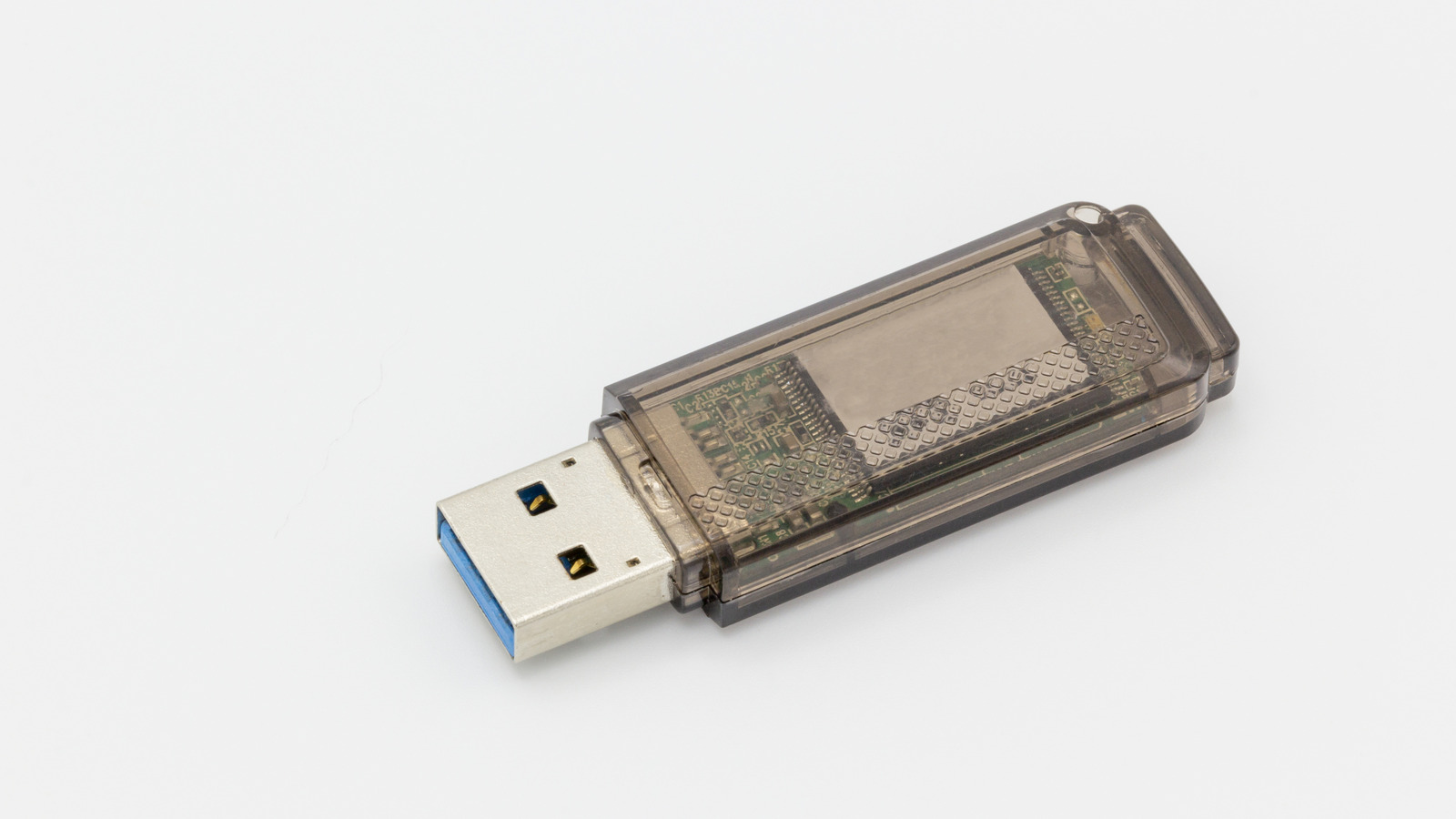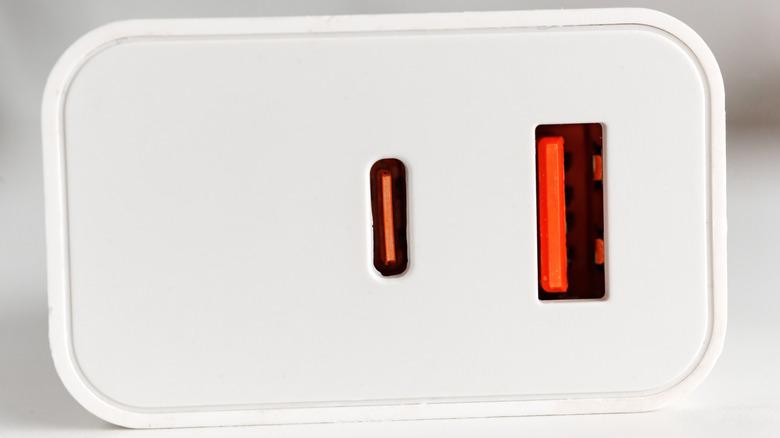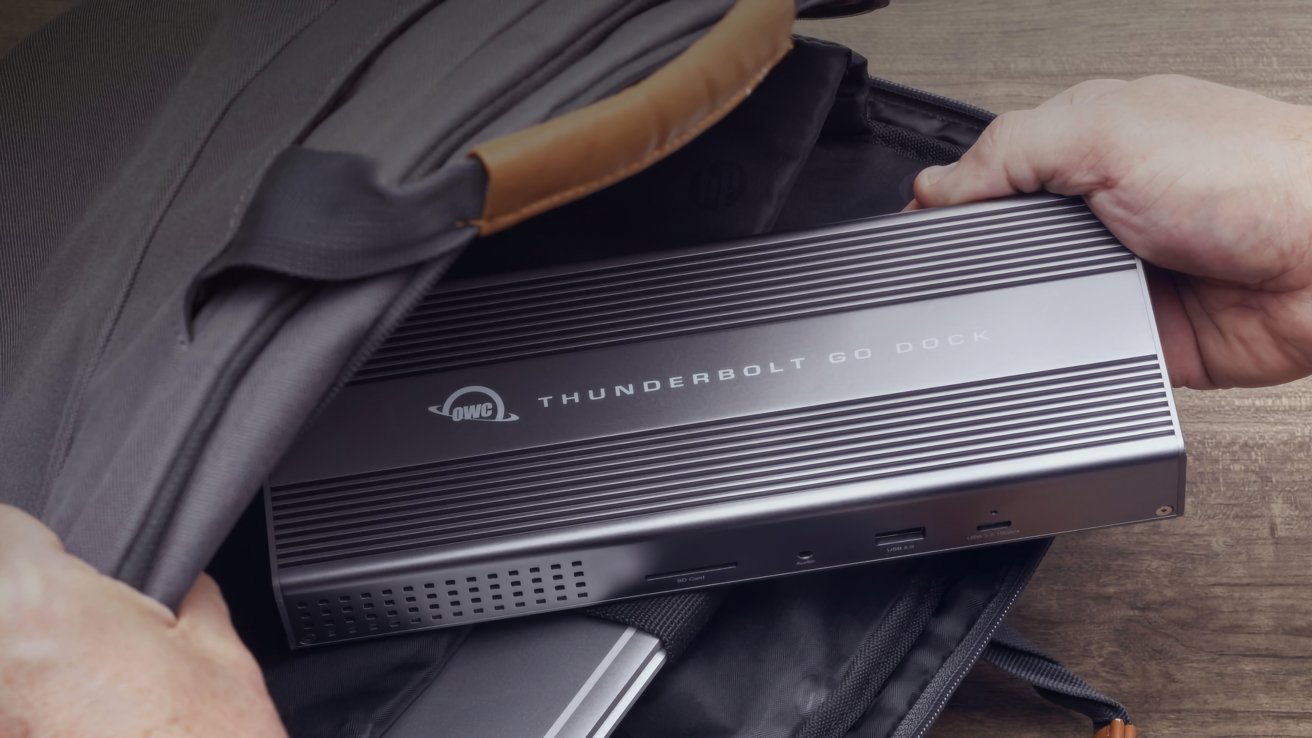USB, or Universal Serial Bus, revolutionized how we connect and power devices when it debuted in 1996, thanks to a collaboration between Intel, Microsoft, IBM, and Compaq. Before USB, users had to navigate proprietary ports and cables to connect printers, keyboards, and external drives. USB standardized these connections, simplifying device compatibility and fueling the growth of plug-and-play peripherals. Over the years, USB has evolved through multiple versions, from USB 1.0 to USB 4, enhancing both data transfer speeds and power delivery. USB-C is becoming the dominant connector due to its compact size, reversible design, and broad compatibility across smartphones, laptops, and accessories.
While most people are familiar with the rectangular USB Type-A port, fewer notice the subtle design details that make it work, like the two small square holes on either side of the connector. These aren’t just aesthetic quirks; they align with retention clips inside the port that secure the connection and prevent accidental disconnections. This simple mechanical feature is key in maintaining a stable connection, especially in frequently plugged and unplugged devices. It’s one of the many small but essential engineering decisions that helped make USB into what it is today: a global standard for connection.
The ingenious design of USB connectors
If you look closely at a USB port, you should notice two retention clips inside the port. These clips align with the two square holes on the USB connector and keep the connector plugged in place. Next time you insert a USB connector into a USB port, do it slowly. When I do this, I can hear a slight click or feel the pull of the two retention clips holding the USB connector in place.
Those retention clips ensure that your USB stick doesn’t slip or slide out of the port, granting USB ports their connectivity. While it may seem like a small design point, it makes sure your USB connector works. If these clips weren’t there, your USB device might constantly disconnect and cause any connected devices to stop functioning. Imagine using a laptop; you would need to keep it perfectly still to use the USB ports if it weren’t for the retention clips.









